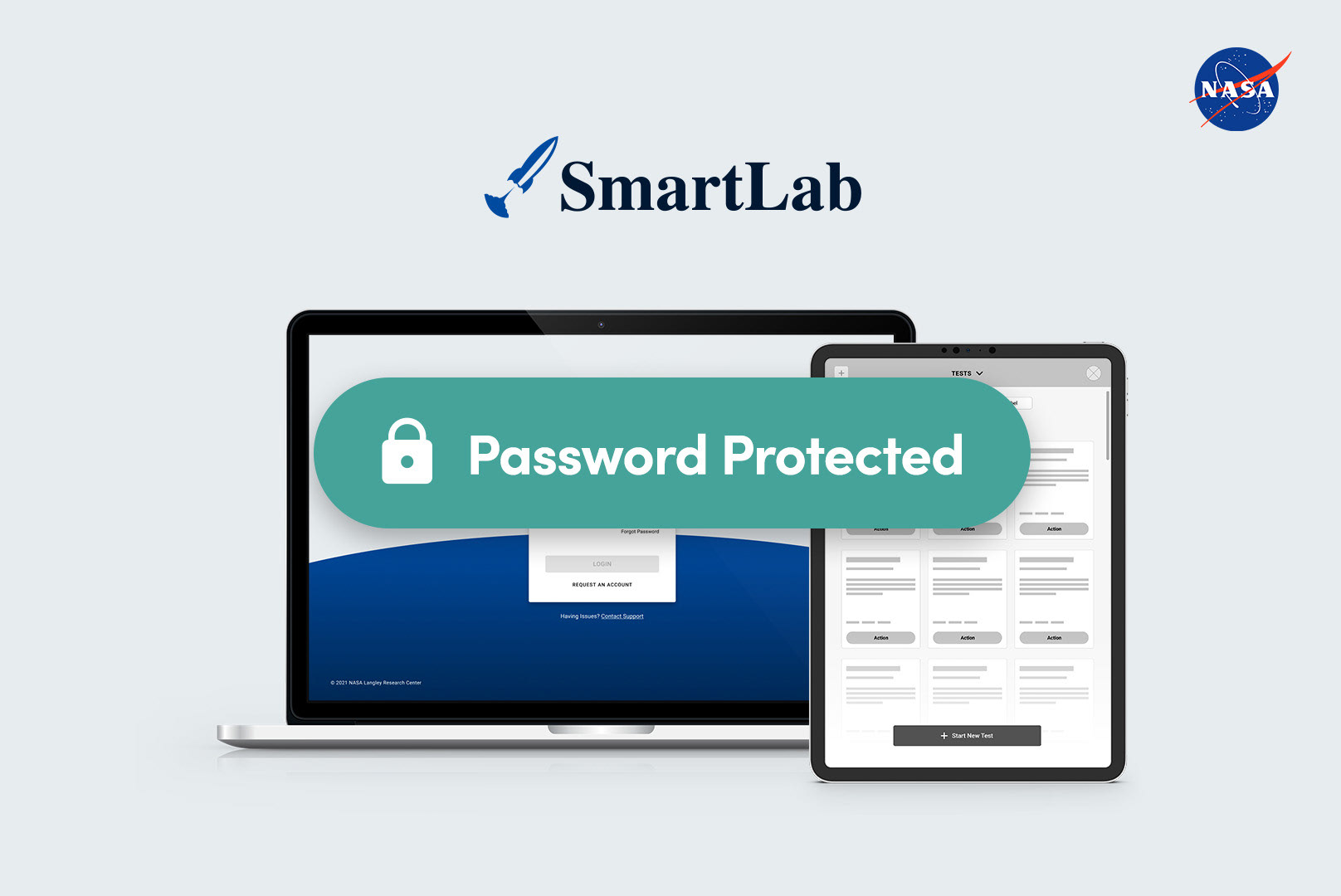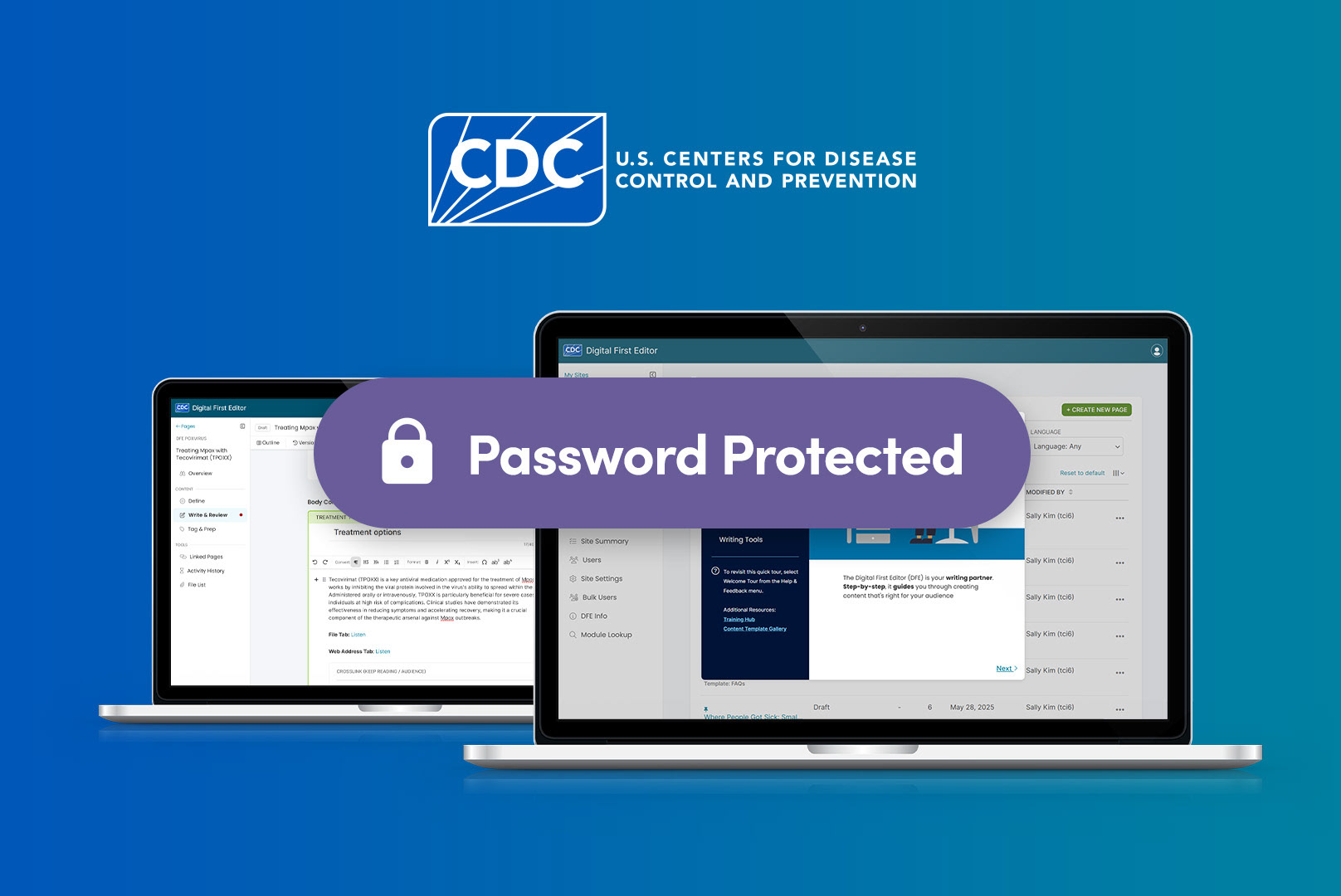InstaMed Online for Providers
Project Overview
InstaMed Online for Providers is a medical billing software solution for healthcare providers. Despite being a leading solution in the healthcare billing industry, InstaMed Online's user interface suffers from poor navigation and low visibility, which leads to an overall inefficient user experience.
Our UCI MHCID grad student team of six partnered with InstaMed for our final capstone project to help research and propose a redesign of InstaMed Online as they plan to move forward with an overhaul of the system in the near future.
This project lasted six months, starting March 2021 and ending August 2021.
Our Team/Primary Roles:
Alex Kempf - Design
Alex Pan - Design
Ariel Chen - Research
Sally Kim (Me) - Research; Project Manager; Final Project Book Design
Tina Sato - Design
Yusuf Amani - Design
Alex Pan - Design
Ariel Chen - Research
Sally Kim (Me) - Research; Project Manager; Final Project Book Design
Tina Sato - Design
Yusuf Amani - Design
-----
Contents:
1. Interviews and User Testing Sessions
2. Brainstorming Sessions
3. Keeping the Team on Track
4. Final Deliverables
2. Brainstorming Sessions
3. Keeping the Team on Track
4. Final Deliverables
1. Interviews and User Testing Sessions
Our main research consisted of conducting internal stakeholder interviews with executive members of InstaMed's Product Team, as well as user interviews with current InstaMed customers. After these initial interviews, we synthesized the results along with the results from our expert evaluations to brainstorm and redesign an interactive, clickable prototype which we then used in user testing sessions. Conducting user testing with the same users we previously interviewed allowed us to focus on qualitative data, and compare the users' current experience with InstaMed against our redesigned prototype.
"It's just that it's difficult to use; you really need to be kind of an expert on the product to make sense of it. And, you know, many of our clients... when they log in, they're doing two or three things, but we offer 100 things. So how do you guide them to the two or three things that they actually do frequently?"
—Quote from stakeholder interview
2. Brainstorming Sessions
Figma played a huge role in our team's brainstorming process. We started with determining a site map to guide us in the way we approached the overall information architecture of the system. After several iterations, we landed on a new site map in which the major changes included things like:
· Nomenclature changes
· Consolidating menus
· Breaking down larger menus
· Consolidating menus
· Breaking down larger menus
Then came the day we kicked off our core brainstorming sprints where we tackled each major menu in roughly 70-minute increments:
1) 30 minutes of individual brainstorming/sketching
2) Reconvene and spend another 30 minutes sharing our ideas
3) 10 minutes of “voting” for each other’s ideas by placing stars on parts we liked
4) Summarize a final list of top ideas based on ratings
2) Reconvene and spend another 30 minutes sharing our ideas
3) 10 minutes of “voting” for each other’s ideas by placing stars on parts we liked
4) Summarize a final list of top ideas based on ratings

Proposed Site Map

Brainstorming Process
3. Keeping the Team on Track
Using Airtable, I kept track of our team's progress by breaking down our major milestones between research, design, and other program-related requirements/deliverables.
Airtable was the central location for all shared data across the team. All shared folders/documents were linked in the respective Airtable record to ensure that every member had access to information at any given time. Communication was handled through Slack, and by setting up Airtable automations to connect to our Slack channel, I was able to ensure that updates were received by the team on a real-time basis.
We worked in weekly/bi-weekly sprints, depending on the task, and decided to frontload the beginning of the project with meetings to ensure everyone was aligned as a team and with our clients. Once the team found our working rhythm, major milestones were broken down into individual tasks and assigned to specific team members. I determined deadlines by project scope and what was reasonable for everyone's schedules, but always included 1-2 flex days to account for any possible unforeseen issues.
After our initial research halfway into the project, I suggested splitting our group up into two teams: a research team and design team, to split up the work required to finish the project in time. As the design team worked on creating wireframes and the interactive prototype, the research team proceeded to prepare for user testing and continue developing our insights to further inform our designers.
After defining milestones for each of these teams, I proposed them to the respective members and invited them to provide feedback based on what they felt would be reasonable given their own workloads. By doing so, I was able to foster a highly productive team dynamic that remained collaborative and transparent while still empowering each member to take ownership of their part in the project.
Screenshot of our Airtable project tracker
4. Final Deliverables
We delivered a final report to our clients that included all our research findings, insights, and redesign recommendations. The report also included an overview of our design decisions, to explain our design process and justifications for the decisions we made in that process (see pg. 19 below).
Click Here to View the Final Report (PDF, appendix removed for confidentiality)
As a requirement of the MHCID program, we also published a book that documents our entire process for this capstone project (below).





